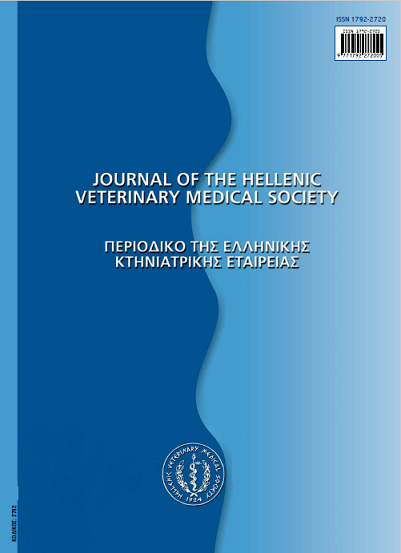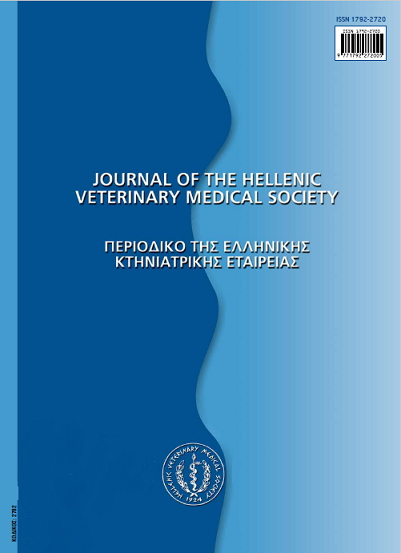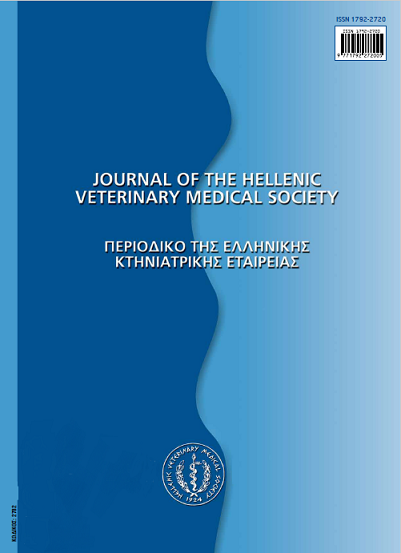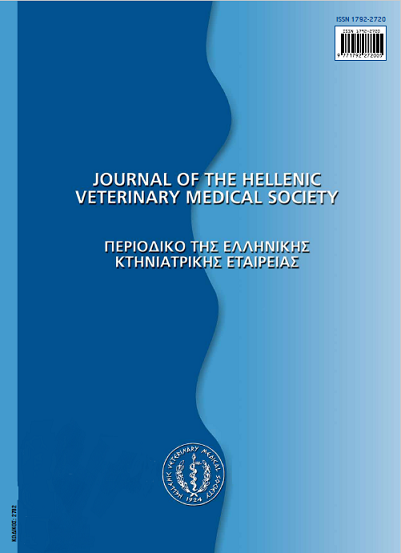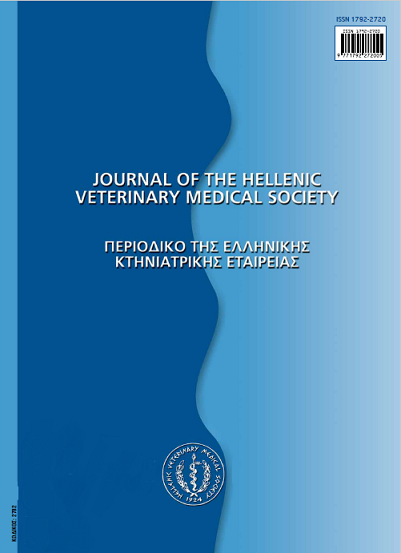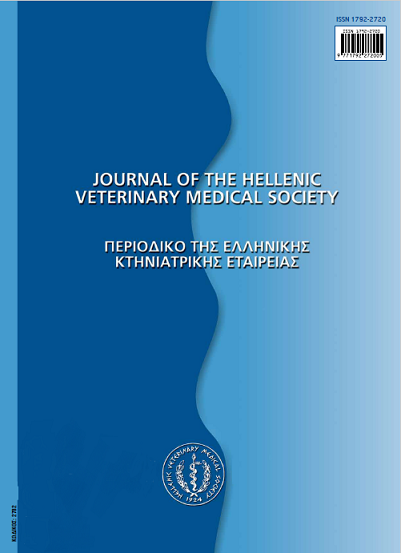Τροφιμογενείς επιδημίες από Shiga-τοξινογόνα Escherichia coli (Shiga toxin-producing E. coli, STEC)
Περίληψη
Η Escherichia coli (E, coli) είναι Gram-αρνητικό μη σπορογόνο βακτήριο που ανήκει στην εντερική χλωρίδα του ανθρώπου και των ζώων. Τα Shiga-τοξινογόνα E. coli (Shiga toxin-producing E, coli, STEC) αποτελούν μια υποομάδα των E, coli που χαρακτηρίζεται από την ικανότητα τους να παράγουν τοξίνες, που ονομάζονται Shiga τοξίνες (Shiga-toxins, Stx). Οι τροφοδηλητηριάσεις από STFX συνιστούν πολύ σοβαρό πρόβλημα δημόσιας υγείας δεδομένου ότι οι προκαλούμενες λοιμώξεις χαρακτηρίζονται συχνά από σοβαρές και ενίοτε θανατηφόρες επιπλοκές όπως η αιμορραγική κολίτιδα και το αιμολυτικό ουραιμικό σύνδρομο (ΗUS).
Εκτός από τις Stx, τα παθογόνα STEC διαθέτουν επιπρόσθετους παράγοντες παθογένειας που συμβάλλουν σημαντικά στην παθογόνο δράση. Παρότι η μόλυνση του ανθρώπου μπορεί να συμβεί και με άμεση διαπροσωπική επαφή ή μέσω επαφής με ζώα-φορείς του μικροβίου, η πλειοψηφία των περιστατικών είναι τροφιμογενούς αιτιολογίας. Ο εντερικός σωλήνας των θηλαστικών φαίνεται να είναι η σημαντικότερη δεξαμενή των STBC, ενώ η κατανάλωση ανεπαρκώς μαγειρευμένου βόειου κρέατος ένας από τους πλέον συνήθεις τρόπους μετάδοσης του μικροοργανισμού στον άνθρωπο. Νωπά λαχανικά αλλά και νερό που μολύνονται από κόπρανα θηλαστικών μπορούν να αποτελέσουν επίσης πιθανές πηγές μόλυνσης του ανθρώπου.
Η ταξινόμηση των STEC σε οροτυπικές ομάδες (serogroups) βασίζεται στα σωματικά (Ο) και βλεφαριδικά (Η) αντιγόνα και μέχρι σήμερα περισσότκρες από 200 οροτυπικές ομάδας έχουν αναγνωριστεί. Ωστόσο, οι λοιμώξεις από STEC φαίνεται να σχετίζονται με ένα περιορισμένο υποσύνολο 0:11 οροτύπων (serotypes). Λπύ αυτούς οι ορότυποι 0157:117 ή ΟΙ57:11- (STEC 0157) είναι αυτοί που σχετίζονται συχνότερα με την πρόκληση τροφιμογενών επιδημιών. Ωστόσο, και άλλες STEC
οροτυπικές ομάδες πέραν της 0157, όπως οι E. coli 026, 0103, O111, 0121, 045 and 0145 έχουν προκαλέσει επιδημίες στο πρόσφατο παρελθόν.
Δύο επιδημίες γαστρεντερίτιδας, ύστερα από κατανάλωση ατελώς μαγειρευμένων βοείων μπιφτεκιών μολυσμένων με Ε. coli 0157:117 πρωτοπεριγράφτηκαν στις ΗΠΑ το 1982. Έκτοτε πολλές επιδημίες έχουν περιγραφτεί παγκοσμίως. Μια εκτεταμένη επιδημία από E. coli 0157:117 συνέβη στην Ιαπωνία ύστερα από την κατανάλωση μολυσμένων τροφίμων φυτικής προέλευσης (ραπανάκια). Περισσότερα από 6000 παιδιά σχολικής ηλικίας προσβλήθηκαν, 101 άνθρωποι νοσηλεύτηκανμε ΗUS, ενώ 12 άνθρωποι κατέληξαν. 11 πρόσφατη επιδημία από STHC 0104:114 στη Γερμανία την άνοιξη του 2011 ήταν μια από τις μεγαλύτερες σε παγκόσμια κλίμακα. Μέχρι τις 27 Ιουλίου του 2011, 3.126 άνθρωποι νόσησαν, 773 ανέπτυξαν ΗUS και 46 άτομα απεβίωσαν στην Ευρωπαϊκή Ενωση. Αλλα 8 άτομα νόσησαν σε ΗΠΑ, Καναδά και Ελβετία, από τα
οποία 5 ανέπτυξαν ΗUS και 1 κατέληξε.
Η παρούσα ανασκόπηση που αφορά τις μεγαλύτερες επιδημίες που έχουν προκληθεί παγκοσμίως από STEC υπογραμμίζει την ανάγκη λήψης κατάλληλων μέτρων ελέγχου για την αποφυγή ή τουλάχιστο την ελαχιστοποίηση της επίπτωσης αντίστοιχων κρουσμάτων στο μέλλον.
Λεπτομέρειες άρθρου
- Πώς να δημιουργήσετε Αναφορές
-
PEXARA (Α. ΠΕΞΑΡΑ) A., ANGELIDIS (Α. Σ. ΑΓΓΕΛΙΔΗΣ) A. S., & GOVARIS (Α. ΓΚΟΒΑΡΗΣ) A. (2017). Τροφιμογενείς επιδημίες από Shiga-τοξινογόνα Escherichia coli (Shiga toxin-producing E. coli, STEC). Περιοδικό της Ελληνικής Κτηνιατρικής Εταιρείας, 63(1), 45–53. https://doi.org/10.12681/jhvms.15397
- Τεύχος
- Τόμ. 63 Αρ. 1 (2012)
- Ενότητα
- Review Articles
Οι συγγραφείς των άρθρων που δημοσιεύονται στο περιοδικό διατηρούν τα δικαιώματα πνευματικής ιδιοκτησίας επί των άρθρων τους, δίνοντας στο περιοδικό το δικαίωμα της πρώτης δημοσίευσης.
Άρθρα που δημοσιεύονται στο περιοδικό διατίθενται με άδεια Creative Commons 4.0 Non Commercial και σύμφωνα με την άδεια μπορούν να χρησιμοποιούνται ελεύθερα, με αναφορά στο/στη συγγραφέα και στην πρώτη δημοσίευση για μη κερδοσκοπικούς σκοπούς.
Οι συγγραφείς μπορούν να καταθέσουν το άρθρο σε ιδρυματικό ή άλλο αποθετήριο ή/και να το δημοσιεύσουν σε άλλη έκδοση, με υποχρεωτική την αναφορά πρώτης δημοσίευσης στο J Hellenic Vet Med Soc
Οι συγγραφείς ενθαρρύνονται να καταθέσουν σε αποθετήριο ή να δημοσιεύσουν την εργασία τους στο διαδίκτυο πριν ή κατά τη διαδικασία υποβολής και αξιολόγησής της.

